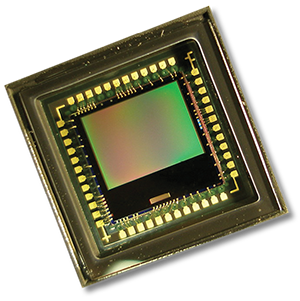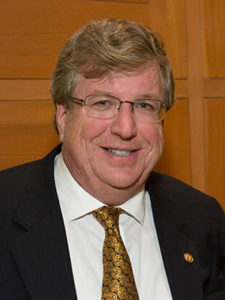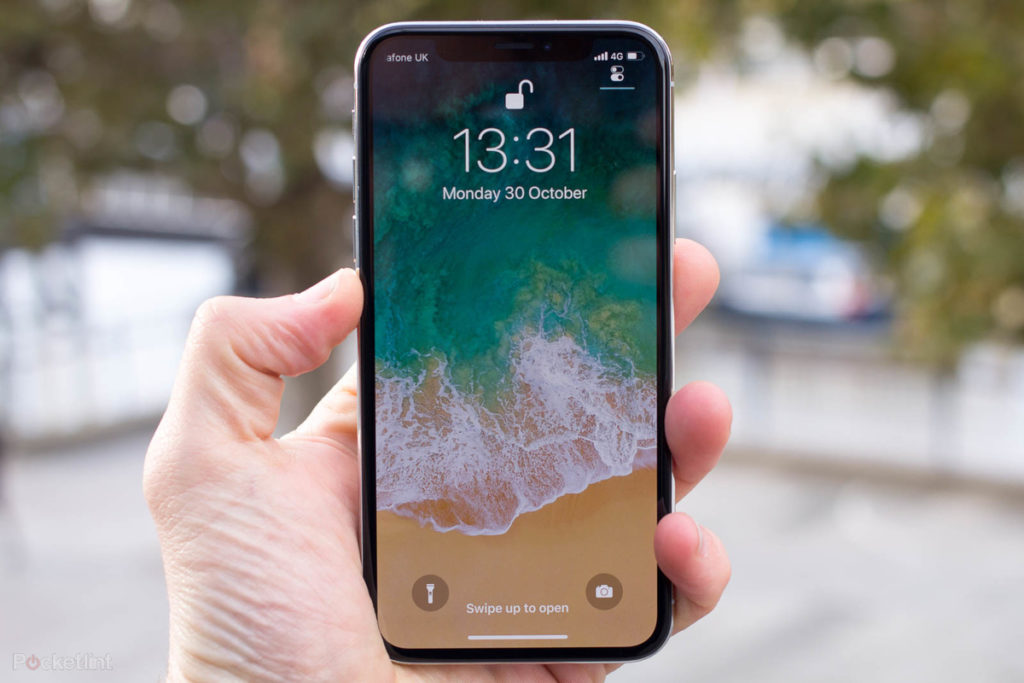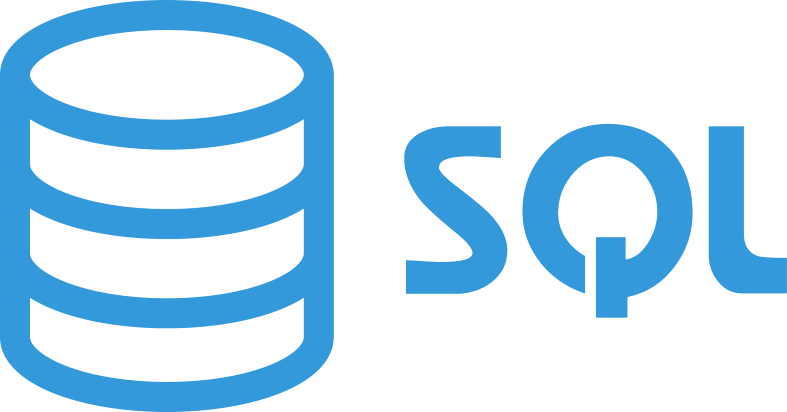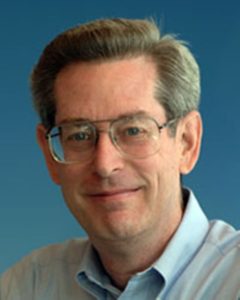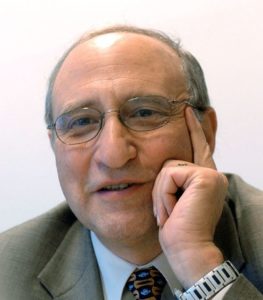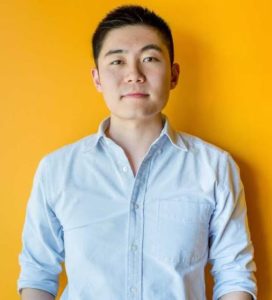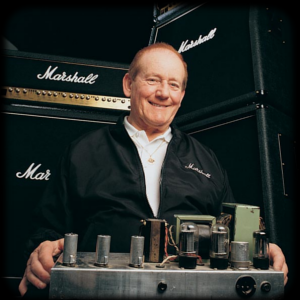Oppo Launches the Reno 2 Series Smartphones in India
Oppo has launched another range of smartphones, and that the company has brought to India first. The new series is called the Reno 2 series, under which the company has launched three flagship smartphones, Reno 2, Reno 2Z, and Reno 2F. Though the Reno 2 series is the sequel of the previously launched high-end smartphone Oppo Reno series, it is not that of a high-end series. But still, the series includes one of the decent smartphones that lie under the affordable mid-range smartphone criteria.
Reno 2
The Reno 2 smartphone is a 6.5 inches smartphone and is powered by the Snapdragon 730 processor. It has got an 8GB RAM as well as offers secondary storage of 256GB, which is further extendable through an SD card. The smartphone is being compared to Samsung’s Galaxy S10 due to the usage of the 20:9 1080p Dynamic AMOLED panel in it.
The quad-camera on the rear of the smartphone includes a 48-megapixel Sony IMX 586 primary sensor with an 8-megapixel wide-angle camera, a 13-megapixel telephoto camera along with a 2-megapixel monochrome sensor. The cameras are accompanied by an LED flashlight, and all the cameras and the flash have been coupled in a vertical line at the back of the smartphone.
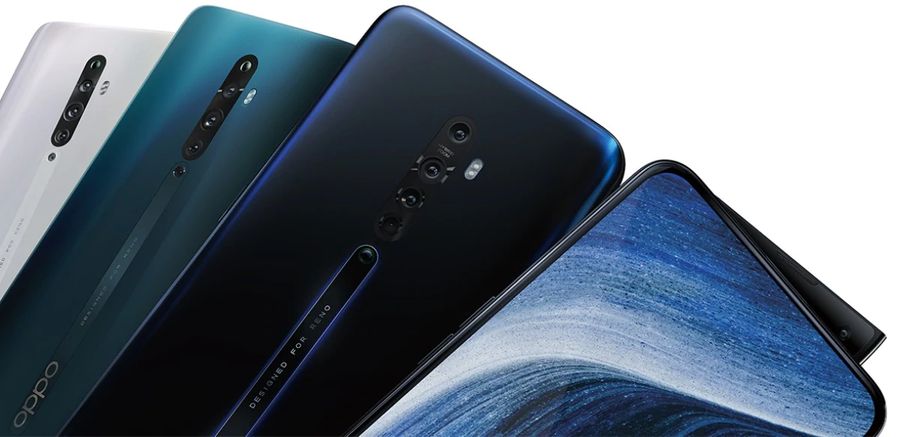
There is also a 16-megapixel selfie pop-up camera that comes out through motorised camera mechanism from the top of it. The very smartphone will be available for Rs 36,990 in the Indian market starting from 20 September. The prebooking fro the smartphone will start from 10 September.
Reno 2Z & Reno 2F
On the other hand, the Reno 2Z and Reno 2F have got a bit smaller screen size, i.e. 6.3 inches 19.5:9 1080p OLED screens. The Reno 2Z is empowered with the MediaTek Helio P90 processor, whereas the Reno 2F is running on an Helio P70 processor. Both the smartphones, like Reno 2, have got an 8GB RAM. Reno 2Z includes a 256GB internal storage, and the 2F has got a 128GB internal storage.
The camera setup for the two is similar to that of the Reno 2, i.e. is a quad-camera setup in a vertical line on the back of the smartphones. Both have got an 8-megapixel wide-angle camera with a 48-megapixel main camera, a 2-megapixel sensor with a mono lens and 2-megapixel portrait sensor. But for both, the company has used different sensors for the main camera. For Reno 2Z, the company has used the Sony IMX586 sensor, and for Reno 2F, Samsung’s cheaper GM1 module has been used. The company has used an electronically stabilized camera setup for both instead of optical image stabilization.
The price of the Reno 2Z is set to be 29,990 and is already available for pre-bookings. The smartphone will be available in the market starting from 6 September. On the other hand, the price of Reno 2F is yet to be revealed, and as indicated by Oppo, it will be available for purchases in the coming November.
All the three shares a few similar features, like all the three runs the Oppo’s ColorOS 6.1, they have got the support for USB-C, VOOC 3.0 flash charging, a 4,000mAh battery and has also got the support for an optical in-display fingerprint sensor.
The company has shuffled the smartphones in four different colours, that includes Ocean Blue (Reno2), Luminous Black (Reno2 & Reno2Z), Sky White/Polar Light (Reno2Z), and Sky White/Lake Green (Reno2F).

Yashica is a Software Engineer turned Content Writer, who loves to write on social causes and expertise in writing technical stuff. She loves to watch movies and explore new places. She believes that you need to live once before you die. So experimenting with her life and career choices, she is trying to live her life to the fullest.
